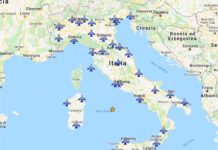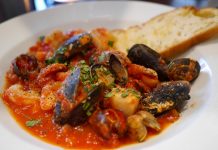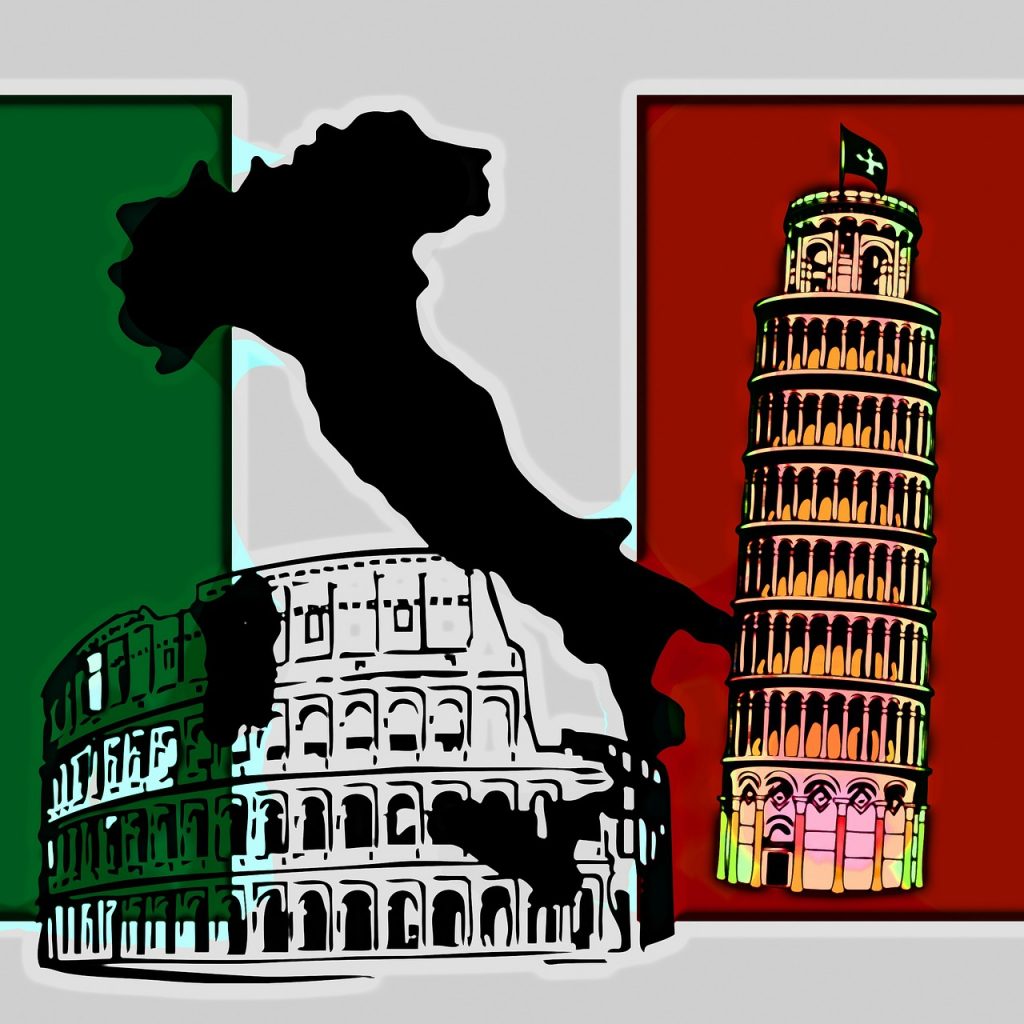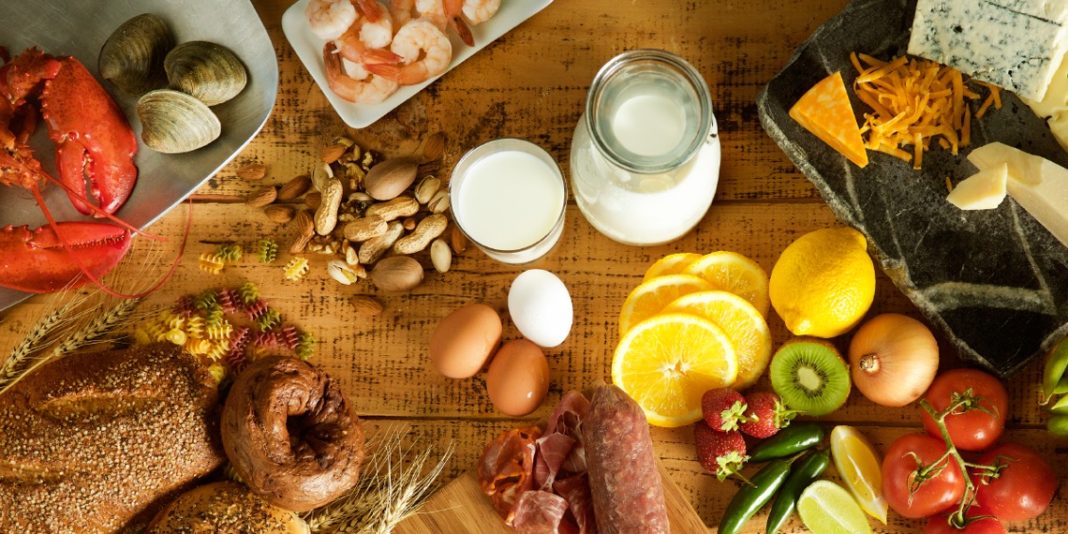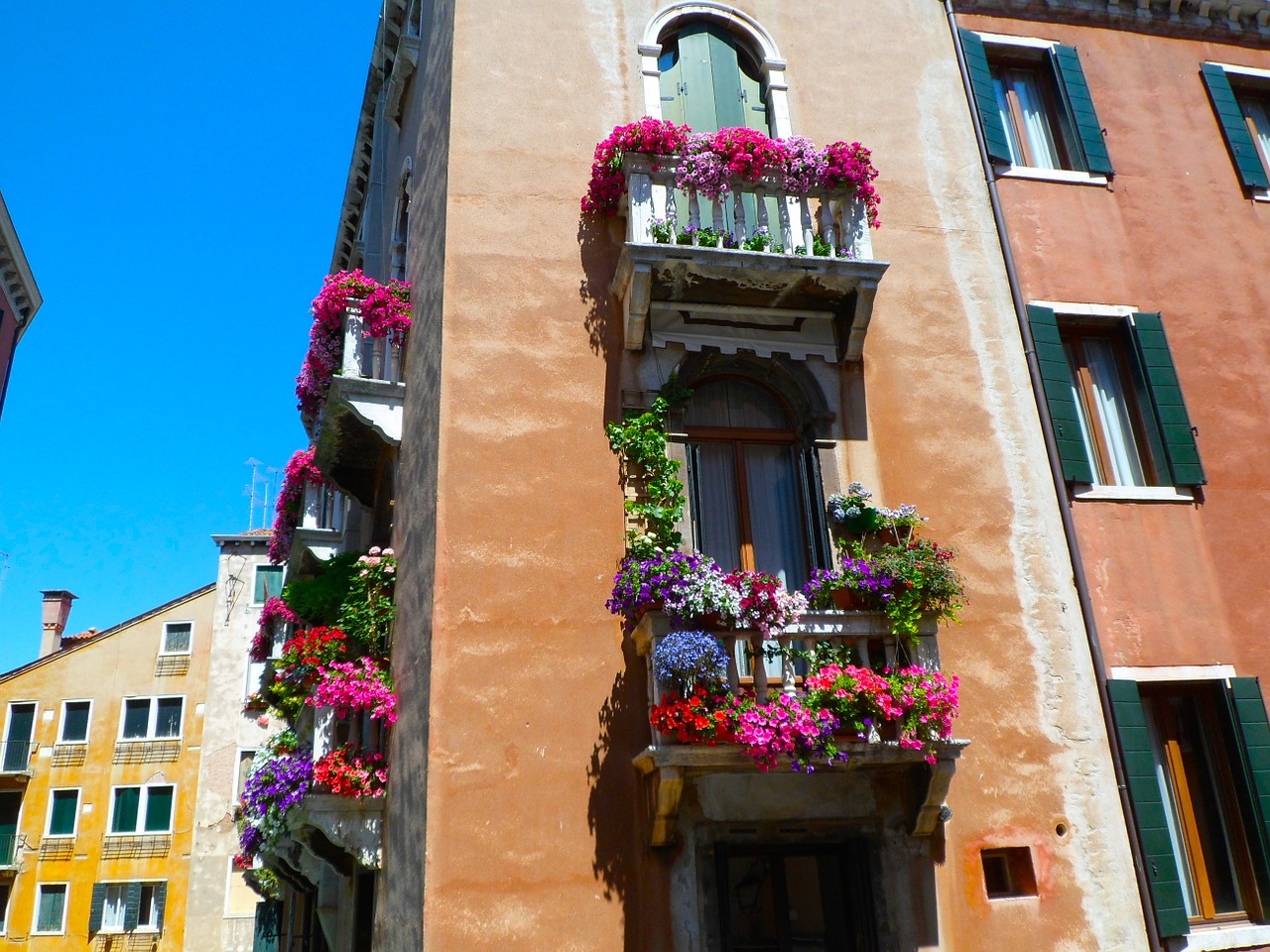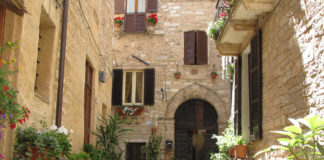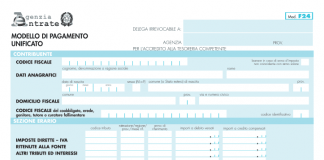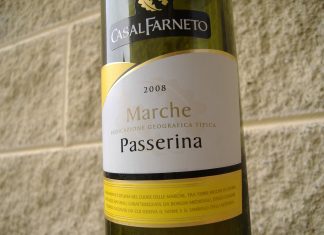FOOD ALLERGIES IN ITALY
If you’re allergic to cats, it’s pretty simple to avoid petting one but food allergies are a bit more complicated. They are one of the most annoying travel complications but luckily, they are easily manageable with a few words or the right questions.
I’m sure you’re looking forward to enjoying the delicious Italian dishes so it’s important to learn how to tell your waiter about your allergy in order to avoid ruining the best part of the vacation! Your waiter might not be aware of exactly what is in your meal so err on the side of caution and make sure they ask the chef.

Writing your allergy down in Italian and English on paper or saving it on your phone is a great idea to avoid any miscommunication. You can never be too careful with food allergies.
ITALIAN FOOD ALLERGY VOCABULARY
I am allergic = Sono allergico (men)/ Sono allergica (women)
to gluten = al glutine
to lactose = al lattosio
to soy = alla soia
to mussels = alle cozze
to prawns / shrimp = ai gamberi / gamberetti
to eggs = alle uova
to seafood = ai frutti di mare
to clams = alle vongole
to shellfish = ai crostacei
to nuts / walnuts = alle noci
to peanuts = agli arachidi
to hazelnuts = alle nocciole
to almonds = alle mandorle
If you can, check with a native speaker (maybe your hotel staff) to make sure that your sentence is written correctly and ask for the proper pronunciation. Depending on what you are talking about, the form of “to” changes. But if you don’t get this part right while speaking, don’t worry; people will still understand!
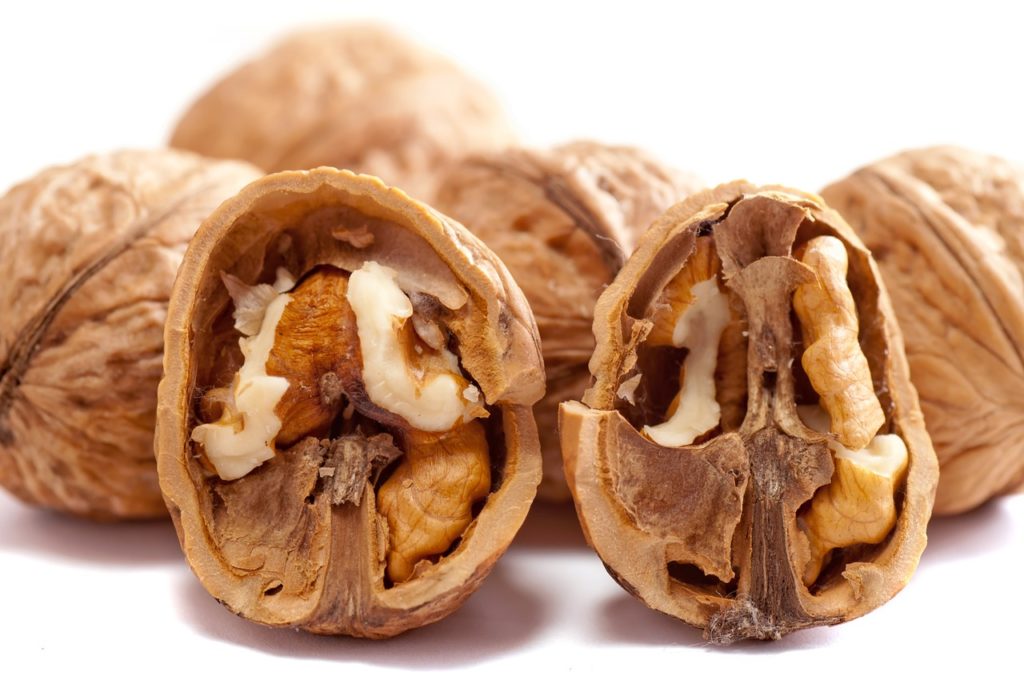
Of course, it’s always good to be prepared for a slip up in the kitchen or for cross contamination. Make sure you always bring your EpiPen (in italian “autoiniettore di adrenalina”) or appropriate medicine. Plus, most pharmacists, doctors, and hospital staff know some basic English.



